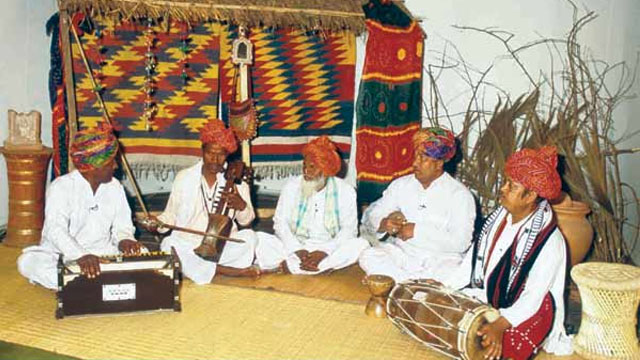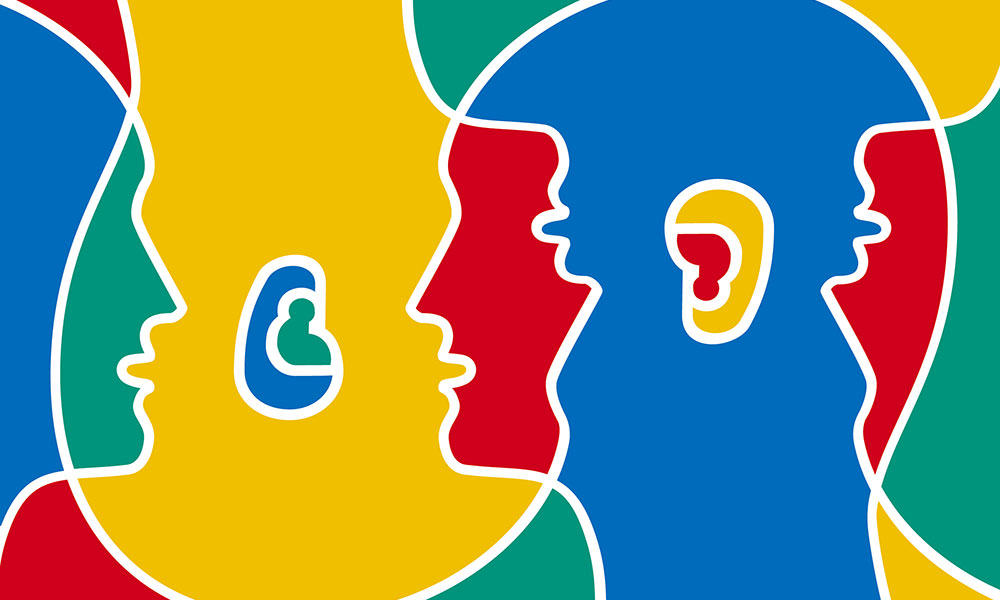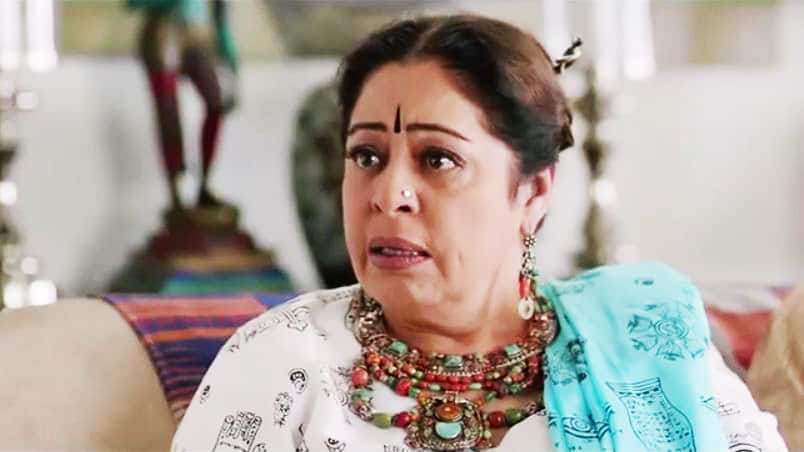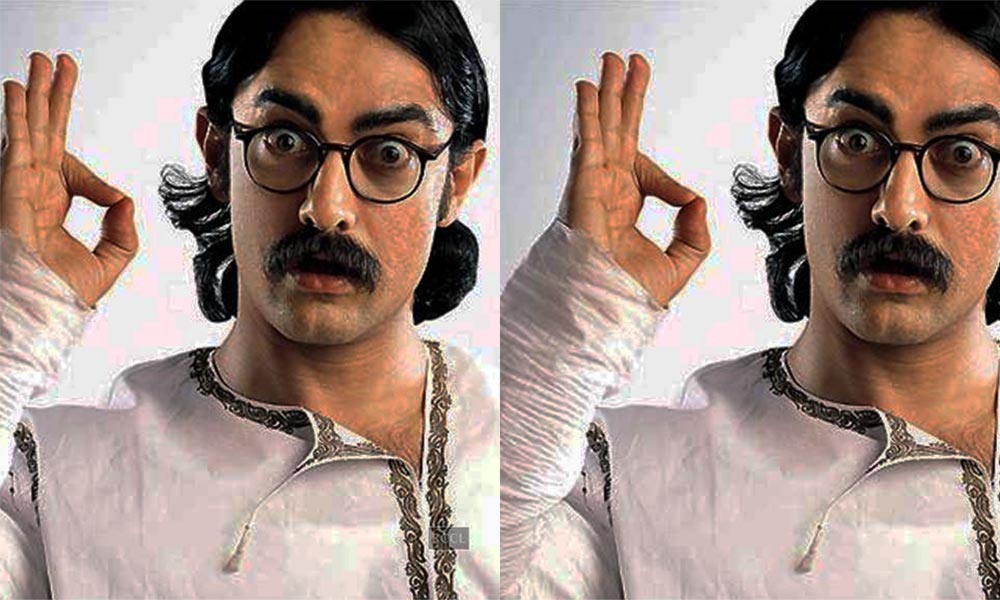Twenty-five-year-old Raies Khan and Kheta Khan, 37, are among the younger generation of Manganiyars, a professional caste of Muslim musicians, whose international sojourns have given them recognition and determination to evolve.
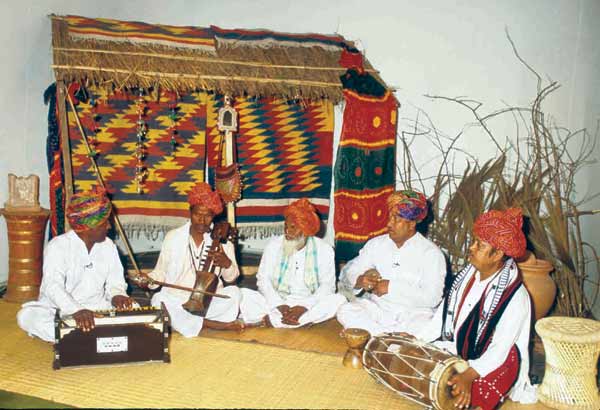
Twenty-five-year-old Raies Khan and Kheta Khan, 37, are among the younger generation of Manganiyars, a professional caste of Muslim musicians, whose international sojourns haven’t just given them recognition and many wonderful memories but determination to evolve with changing times and adapt to contemporary musical notes.
This is why when the two are in a jamming session it is easy to spot them, even if they are performing with international artistes.
Raies produces electronic-kind-of music with the morchang or jaw harp – a wind percussion instrument – whereas Kheta’s dexterous hand movements create high-pitched vigorous clap sounds with the khartal, a percussion instrument made of teak wood.
“We have been performing all over the world and what we have seen and observed during these journeys is that music is evolving internationally and we too have to add a fusion element to our music,” Raies told IANS in an interview.
“It is good to be performing with international musicians, but it is also very important to develop our own techniques and style which is unique to us,” he added, saying he has performed at various international festivals in the US, Britain and Germany.
The Manganiyars are folk musicians predominantly based in the regions of Barmer and Jaisalmer in Rajasthan. Their musical legacy is passed on orally from one generation to another.
The two performed recently at the Rajasthan International Folk Festival where musicians from India and abroad come together for jamming sessions.
Raies said there are around 20,000 Manganiyars, and all are musicians by profession.
They, in fact, have no written musical history. The musicians have their own ways of remembering “taals” or beats and calculating them in mind, he added.
“The realisation to improve our techniques hit us when we started performing with Indian classical musicians. We were amazed when we saw how they were experimenting with music and adapting new styles to suit the taste of younger audiences,” Kheta, who has toured with tabla maestro Zakir Hussain, told IANS.
“Like them, we don’t have written notes to follow. We recite ‘taals’ in our mind, and follow that while playing in front of the audience,” he added.
Their quest led to the discovery of new beats and techniques.
“We sit for hours and experiment with newer tunes. We jam amongst ourselves and the tune that gets clicked, we modify and play,” said Bhungar Khan, one of the youngest khartal players.
Their focus now is to adapt to any western musical instrument, innovate with it while keeping the traditional roots intact.
Kachara Khan, 58, a veteran Sufi singer, is happy with the way the younger generation is taking this musical journey forward.
“Manganiyar means “maang ke lena” (take after asking). Many youngsters were offended with this thought of “asking”, but these delusions didn’t last long. The credit for it goes to the blessings showered by our patrons and the affection shown by the audience. All this helped to keep the fire alive in youngsters,” he said.
He said the younger generation now wants to experiment with music because they are eager to appeal to a wider global audience.
“There was a time when there was no recognition and many of us were disheartened. But music is god’s gift to us and we believe that we have come in this world only to create music; so how could we leave it?
“It is good the younger generation has started innovating with this age-old musical tradition. This has helped impart some freshness and will keep the music alive for many more years to come,” he added.
-IANS

